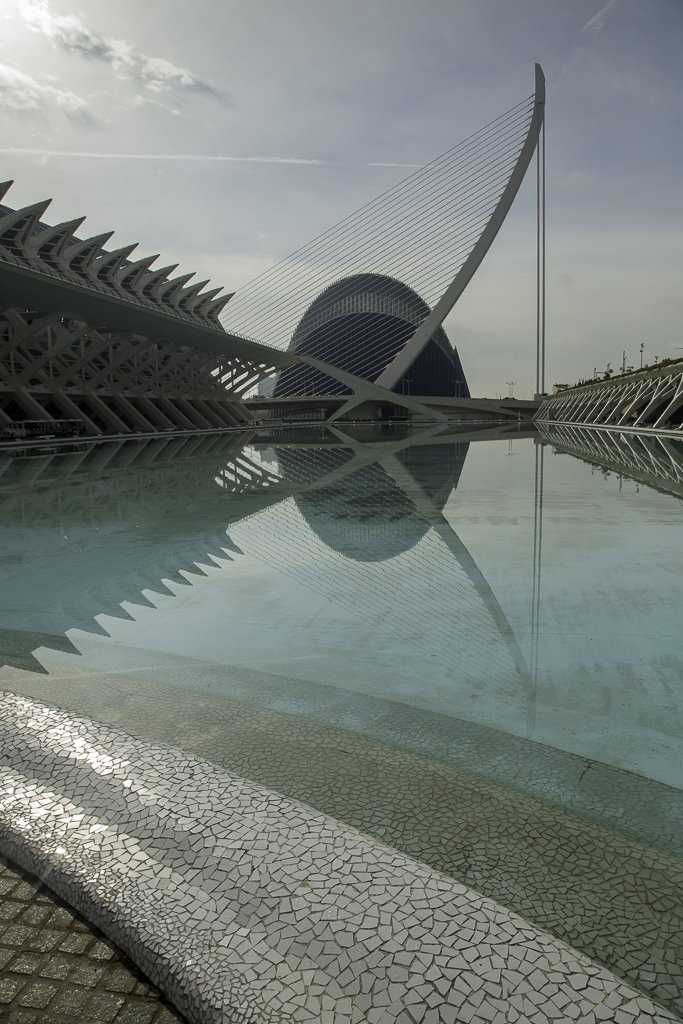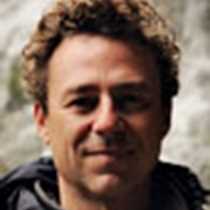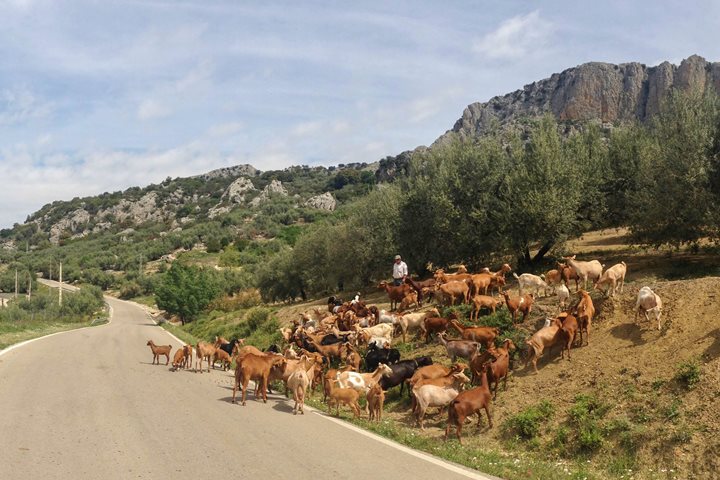Valencia is Spain's third largest city and it blends the charm of Gothic cathedrals, quaint horchata cafés and bustling old-school markets with striking modern architecture and an innovative spirit. The latter is embodied by Santiago Calatrava's striking City of Arts and Sciences, a futuristic ode to creativity in humanities and scientific endeavors that rose majestically like a giant lyre over the surrounding buildings as the National Geographic Orion pulled into the harbor.
It was a well–rounded penultimate day on our Lisbon to Barcelona adventure, one that blended nature, architecture, local culture and food. Our group divided into 6 different small buses, with everyone having the same basic experience, but without having to worry about the hassle and formality of large groups.
Each guest's experience included a visit to Albufera lake ecosystem, which is located just 20 minutes from the city center. Albufera is Spain’s largest lake and one of the most important wetlands of the Iberian Peninsula. Under strict environmental protection, Albufera is an important stopover point for migratory birds and a nesting area for resident birds. The natural wildlife of the lake coexists in harmony with these traces of agricultural, fishing and culinary traditions and a unique way of life as represented by the local “barraca” houses. Constructed from adobe and finished with straw roofs, “barracas” were the original homes of the fishing communities established here some 750 years ago.
We had the opportunity to explore the Albufera ecosystem in a most personal way: embarking small boats driven by local fishermen whose families have lived in this area for several generations. As we peacefully made our way through the canals and into the reeds, our naturalist provided fascinating information about the local flora and fauna.
Albufera is also a significant rice-growing area, with unique configurations of rice fields and agricultural plots divided by canals and linked by small, narrow bridges. This is significant because rice also happens to be the key ingredient in paella, an internationally recognized dish that Valencia proudly claims as its own. Our excursion included a paella cooking demonstration followed by a full paella lunch accompanied by local wine.
After this filling and satisfying meal, the tour continued into the heart of the city center, La Plaza de la Reina, home to the Cathedral and the Miguelete Tower, which has been granted special designation by UNESCO. From there we wandered to the Central Market, which offered a mind–boggling cornucopia of local produce. There we sampled the local version of horchata, a filling, sweet rice beverage that expanded our already full bellies. A panoramic bus ride back to the pier, which included a quick photo stop at the above–mentioned Calatrava masterpiece gave the perfect ending to a magnificent day, one that many guests commented was their favorite of the trip.
Our last night on board featured a post–dinner rumba catalana dance party in the lounge, with staff and guests shaking their hips and clapping their hands together to the infectious, accessible version of flamenco that is unique to the Catalan region. Rumba catalana is a fusion of traditional Andalucían flamenco with Cuban son and salsa. The genre also has influences from rock and roll and international pop. While traditional Andalucian flamenco is a potent art form that delves into the depths and tragedies of human emotion, rumba flamenco is light-hearted and upbeat, designed primarily to enliven a party and encourage people to dance. And dance we did, until late into the night.





